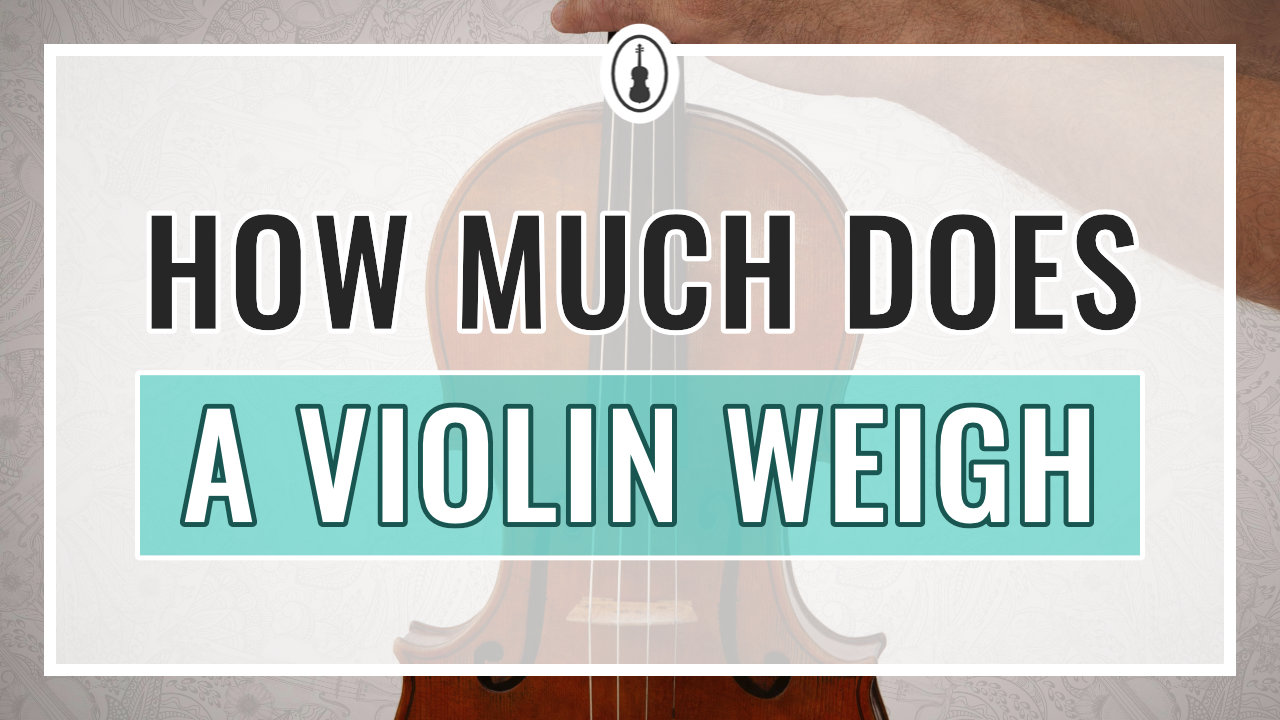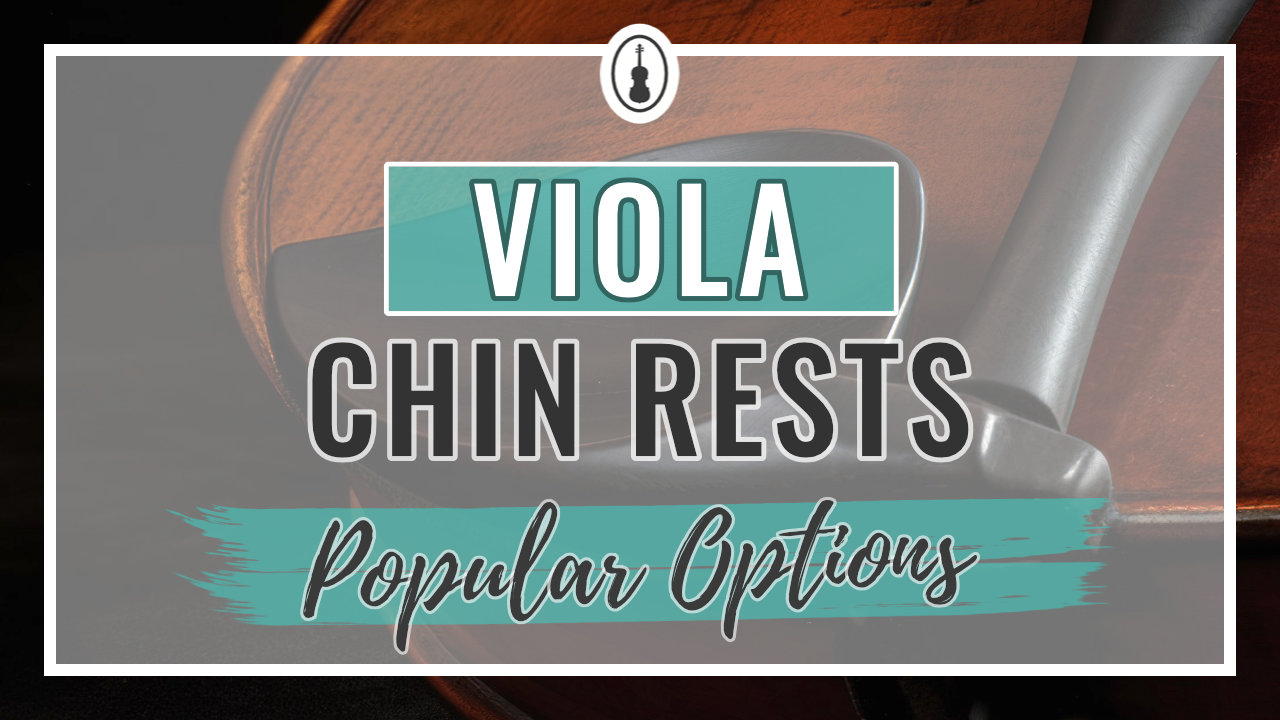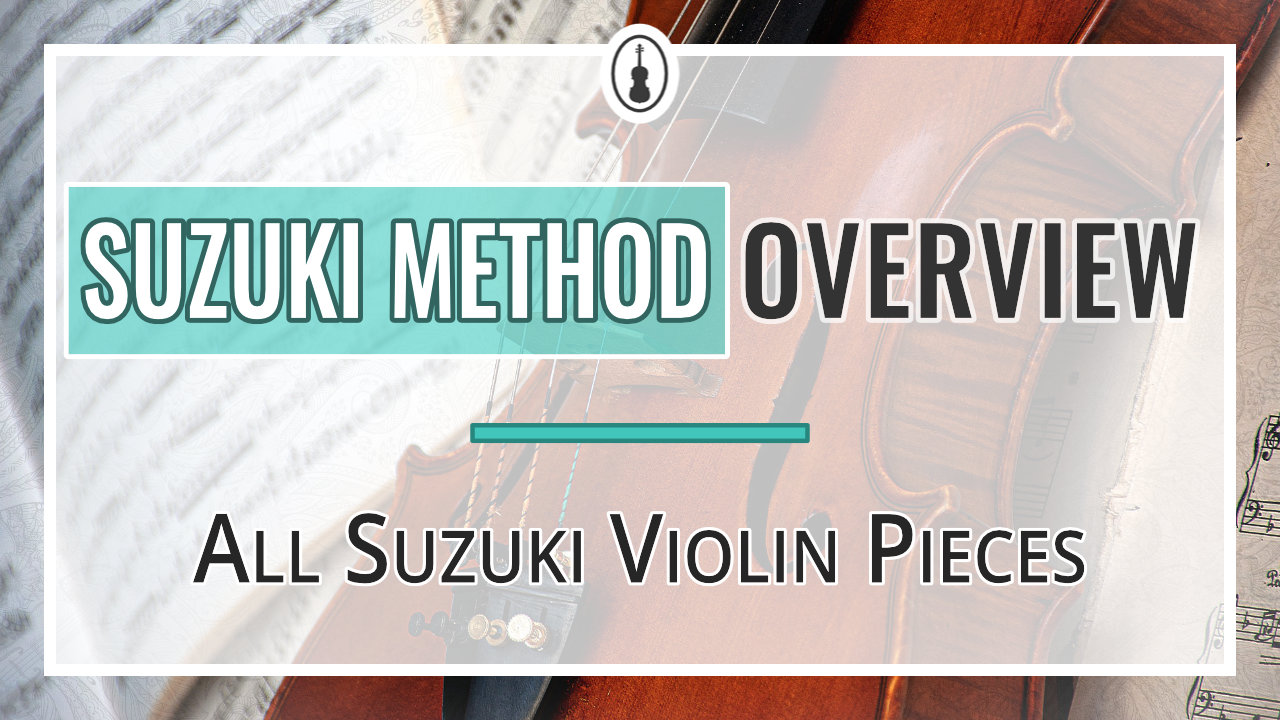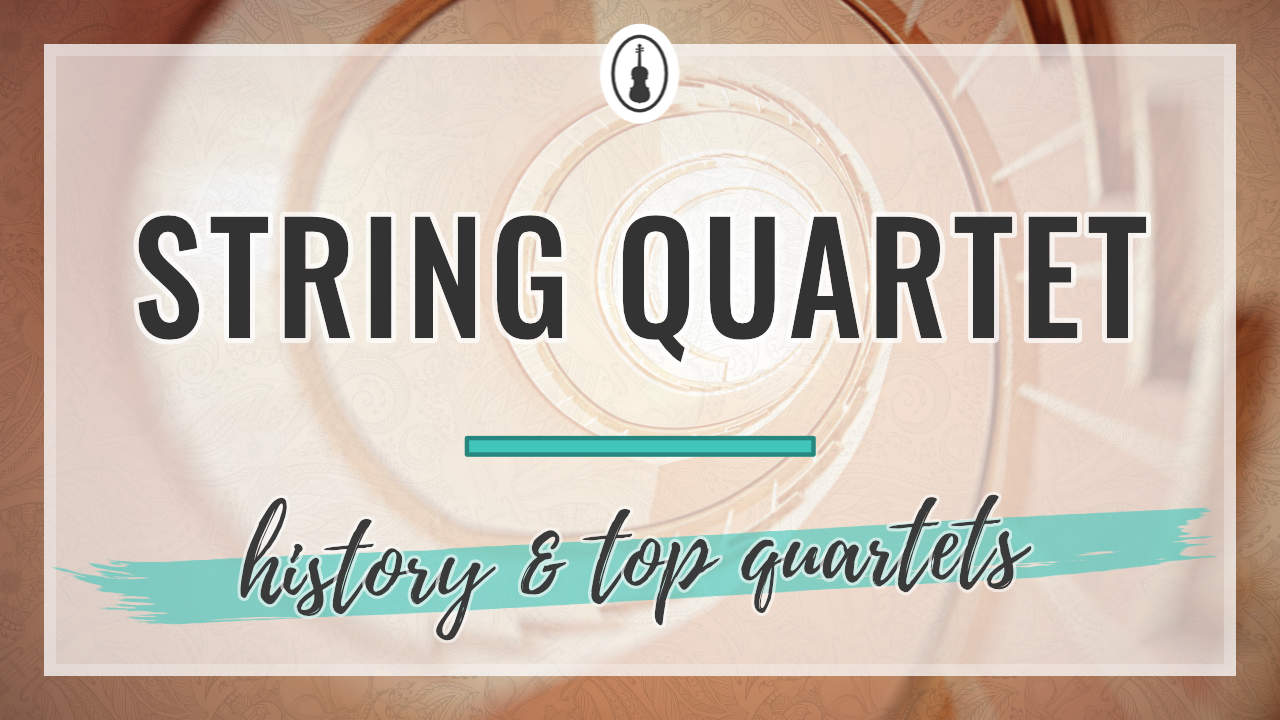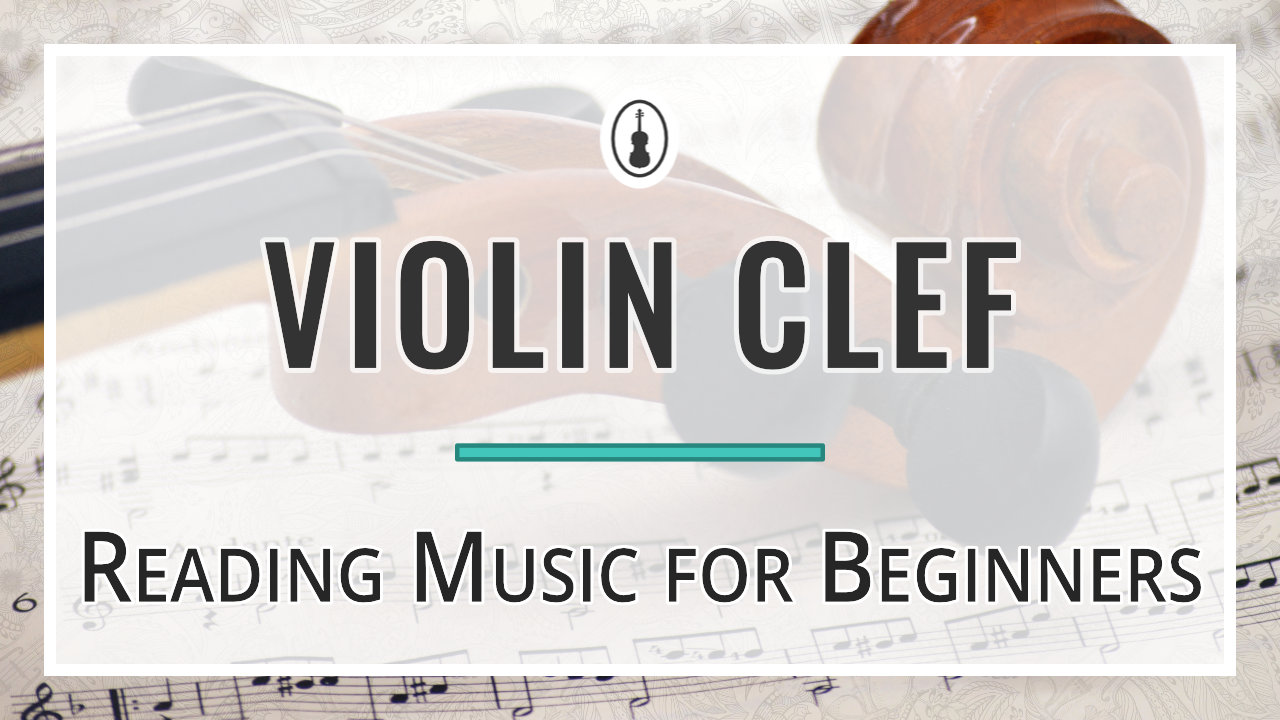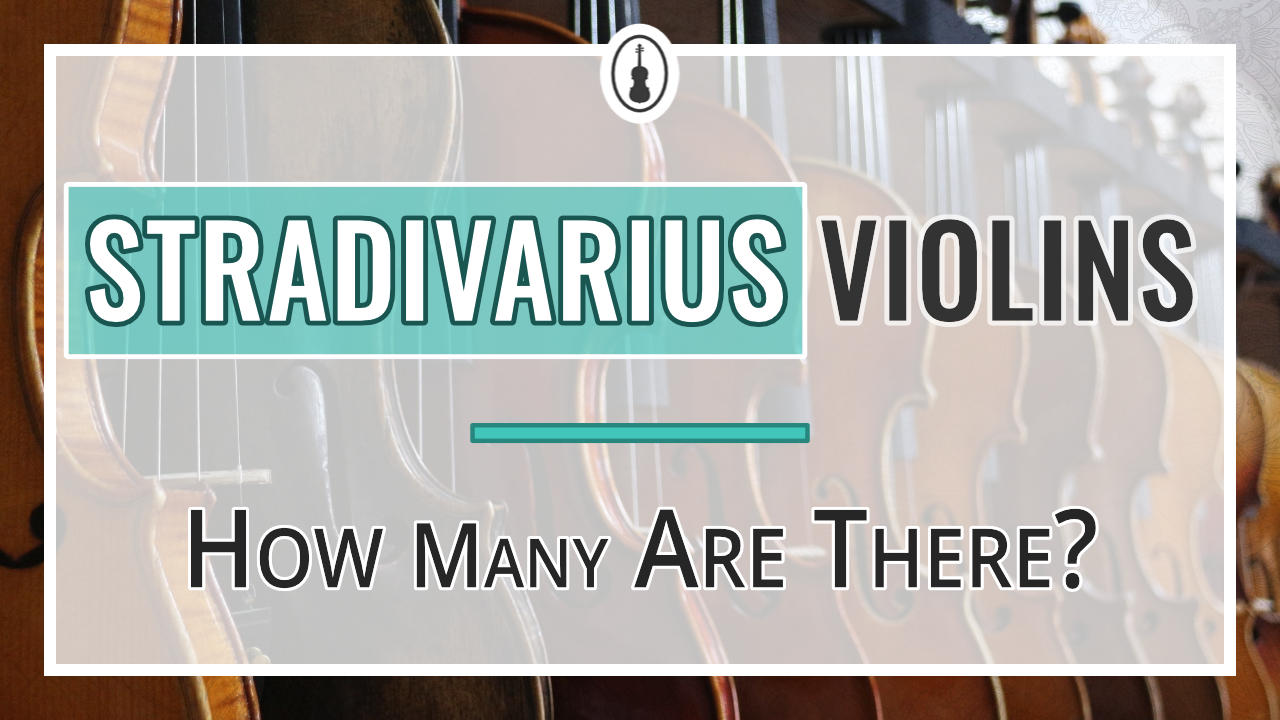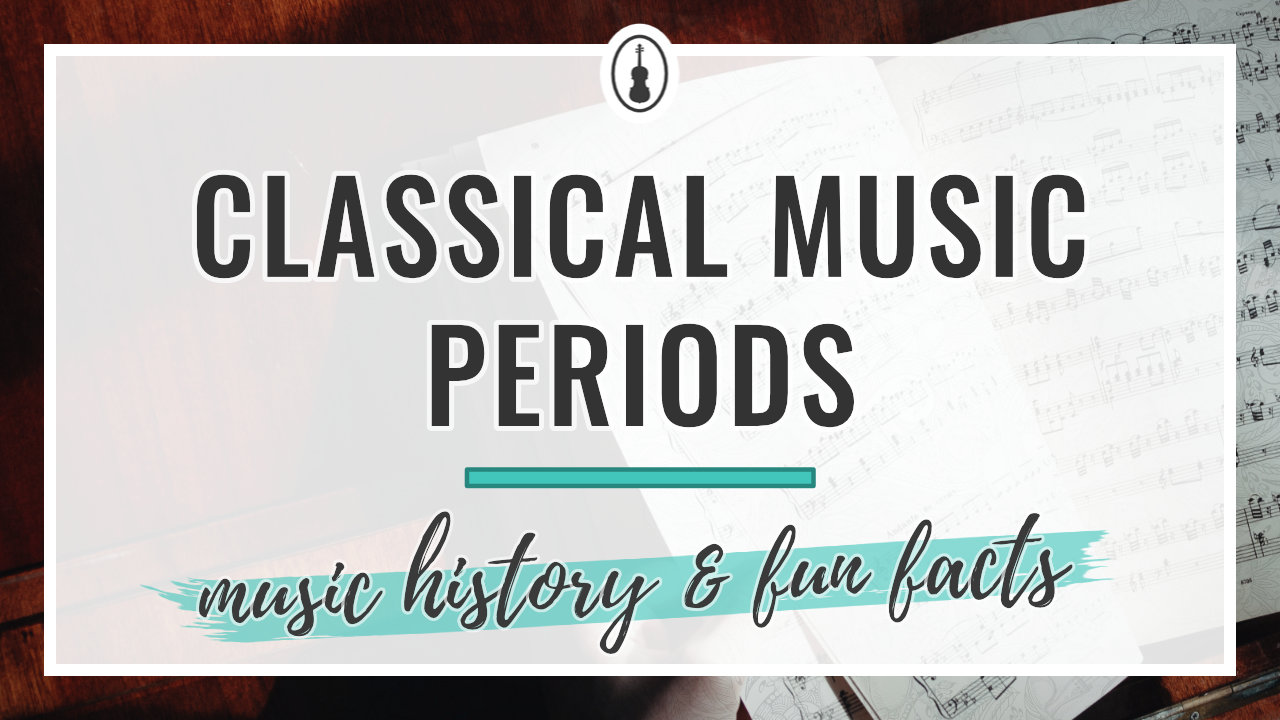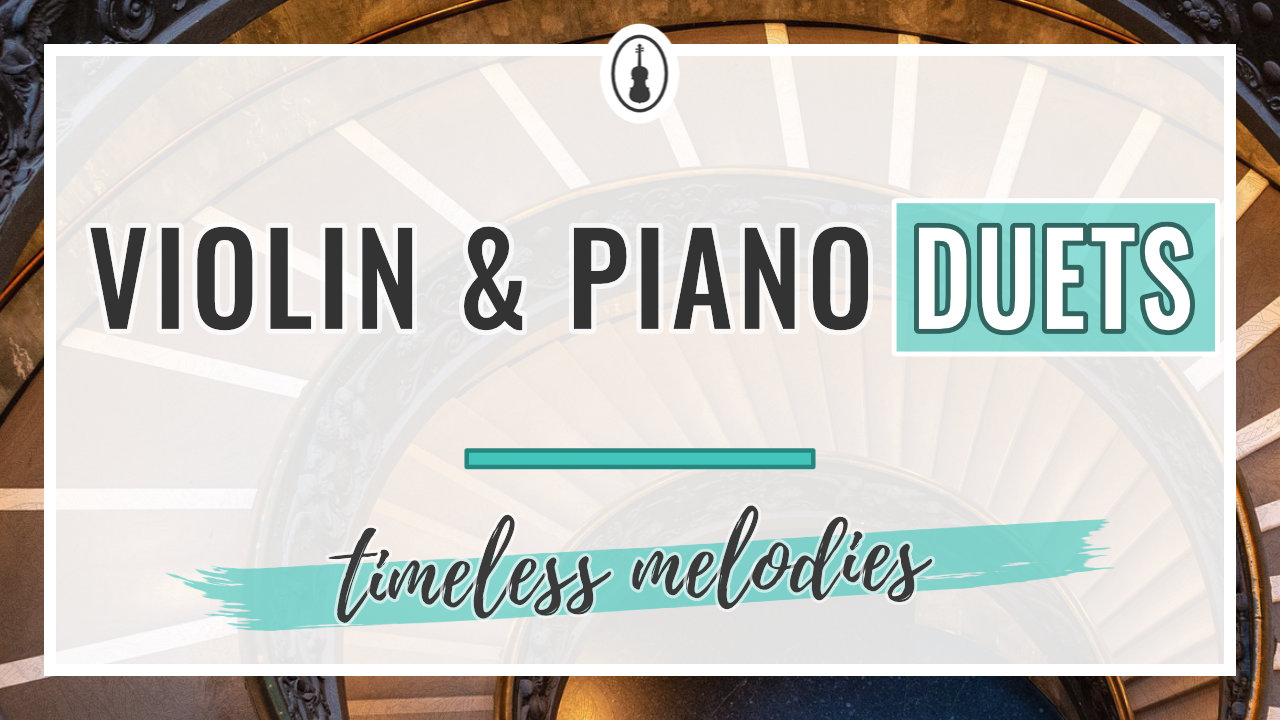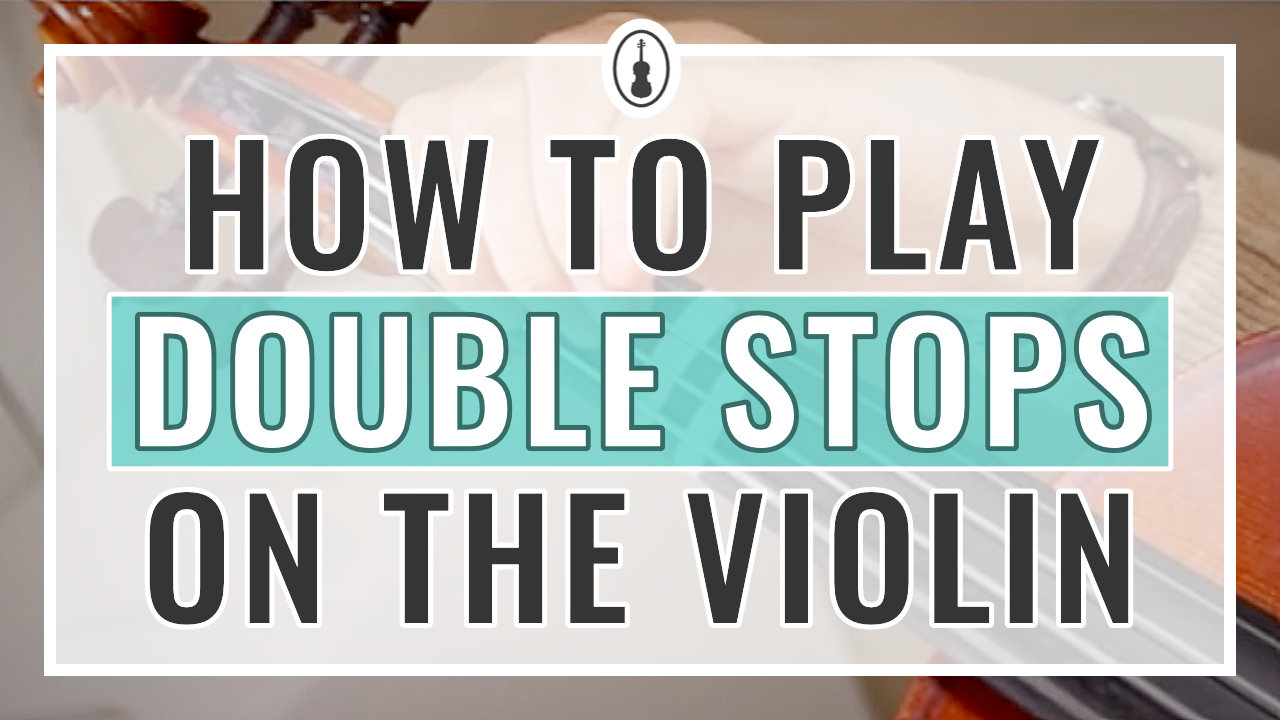
You’ve probably heard classical violinists on YouTube tossing around the word “violin harmonics” when they talk about the pieces they practice — but what does that even mean? And why would anyone want to study harmonic notes on the violin?
Rest assured, in this blog post you will learn everything there is to know about violin harmonics.
Violin harmonics are, by definition, a violin technique in which you play overtones. You do that by softly touching the violin string with a finger on your left hand while drawing a normal bow stroke with your right hand.
Here you can see an example of playing harmonic notes on the violin.
Another word for violin harmonics is a “flageolet”. A flageolet is a wooden flute that produces a whistle-like sound. You can listen to it here:
The harmonic notes on a violin sound similar to how this flute sounds. That is why we call these harmonic notes made on violin flageolets. However, in this post I will only use the term harmonic notes or harmonics, since that is what most people would use. Besides harmonics being one of the basic violin techniques, harmonics are some of the most beautiful sounds a violin can produce. So let’s start learning right away!
How Do Harmonics Work on a Violin?
The physics of harmonics – basics
To understand how harmonics on a violin work, let’s first understand our violin construction.
The function of the bridge is to stop the strings from vibrating beyond that point. In like fashion, this same function applies to the nut. It stops the strings from vibrating at the head of the violin. Therefore the amount of string vibrating on your violin is from the bridge to the nut.
When a string is vibrating it:
- Produces the lowest normal mode frequency (fundamental frequency) and higher frequencies called overtones.
- It vibrates at divisional points called nodes. These nodes are a multiple of the fundamental pitch. Touching the string at each of these nodes will produce the harmonic note.
Violin Harmonics Chart
View the chart below to see where on the string the nodes are, and therefore where on the string you would place your finger to play the harmonic note.

Types of Violin Harmonics
There are two types of harmonic notes you can play on the violin, natural harmonics and artificial harmonics.
Natural harmonics are played using only one of your fingers. To play artificial harmonics, you need to use two fingers of your left hand simultaneously.
Natural Violin Harmonics
You play natural harmonics by lightly touching the open string with one finger on one of the nodes. It is best to lay your finger flat on the string, different from the way you would round it to play a note. As a result, this will allow a light feather-like touch on the string.
Where are the most used natural harmonic notes on the violin?
- One octave above the open string. On any open string, this would be the middle of the string, between the bridge and the nut. It is usually played with your fourth finger in the fourth position.
- One octave and a fifth above the open string. On any open string, this would be ⅓ of the string from either the bridge or the nut. In the first position, it is usually played with your fourth finger.
- Two octaves above the open string. On any open string, this would be ¼ of the string from either the bridge or the nut. In the first position, it is usually played with your third finger.
Exercise: Playing Your First Natural Harmonic on the Violin
Now it’s time for you! Try to play the same harmonic that I played in the following video:
Lightly touch the string with your finger, about 1 inch (2,54 cm) above the part where the body of the violin touches the fingerboard.

Draw a straight bowstroke across the string.
Make sure not to press your finger into the string – the string only needs a light touch in order to produce a harmonic note! Did it work out? Congratulations! You just played your very first violin harmonic.
Artificial Violin Harmonics
Two fingers are used simultaneously when playing artificial harmonics. The first finger presses down on the string for your fundamental note, and your fourth finger lightly touches the string at the same time to create the harmonic.
You can do this on any string in any position.
There are several reasons why artificial harmonics on the violin are harder to play than natural harmonics:
- The string is shortened in length by pressing down on it.
- The fundamental frequency is raised because of the shortened string.
- The harmonic nodes shift their positions.
Here you can listen to an example of what artificial harmonics sound like:
Double Violin Harmonics
You might be wondering: is it possible to play two harmonics at the same time? The answer is yes! Double harmonics are usually played with two natural harmonics on two adjacent strings. In my tutorial below at the time mark of 6:14 I show an example of double harmonics.
How to Make Harmonic Notes on a Violin Sound Better
Bow control will make for beautiful sounding harmonics. Harmonic notes on the violin will sound best if you start them with the bow in motion above the string. To do this:
- Have your bow moving already when you are approaching the string.
- Lightly stroke the string with the bow closer and parallel to the bridge for a clearer tone.
Make sure you are capable of drawing a very straight bow. Sliding towards or away from the bridge will create an awful tone. Here you can see an example of the bowing technique to use to play violin harmonics:
Violin Harmonics in Sheet Music Notation
There is a bit of confusion over how to notate harmonic notes in music. Generally, a harmonic note has a diamond head. Or, it can be a simple note with a circle symbol above.


The notes for artificial harmonics look different. A circle above a note means it should be played as a non-artificial harmonic.
In the picture below play the first finger on the G string:

The number above the zero indicates the harmonic note and finger used to play it.
Artificial harmonics normally looks like a double stop notation. The lower note is written with a normal notehead, the higher note has a diamond head (diamond head is for the light finger).
You know which harmonic to play depending on where these types of notes are placed in the sheet music. That could be a topic for another blog post!
Why Are Violin Harmonics Used in Pieces?
Violin harmonics color a piece and add a WOW factor! They are used by the composer to add a light bell-like sound that floats above the original tone of the piece. Furthermore, harmonics add a wide range of sound for the violin to work with that blend well within an ensemble setting, especially a large orchestra.
What Famous Violin Piece Uses Violin Harmonics?
The number of pieces is too many to count, but some popular pieces that use violin harmonics are:
- Natural harmonics: Stravinsky’s ballet, The Firebird
- Artificial harmonics: Stardust by Hoagy Carmichael
- Double harmonics: Bruch Violin Concerto
Igor Stravinsky is considered one of the most important and influential composers of the 20th century. In the intro for his Firebird ballet, he uses a glissando effect with harmonics, while the strings are muted. Here is the Vienna Philharmonic Orchestra performing The Firebird. Starting at 1:56, look and listen to the harmonics.
This is the first time this effect was used in orchestral work and it became so famous that Richard Strauss said that he wished he had thought of it first!
To Sum Up
As can be seen, the harmonics produced on the violin are one of the most beautiful sounds a violin can make. Knowing exactly where to place your finger on the string is important to get the best tone. If you want to add a bit of that WOW factor to your piece, try adding some harmonics to it!








